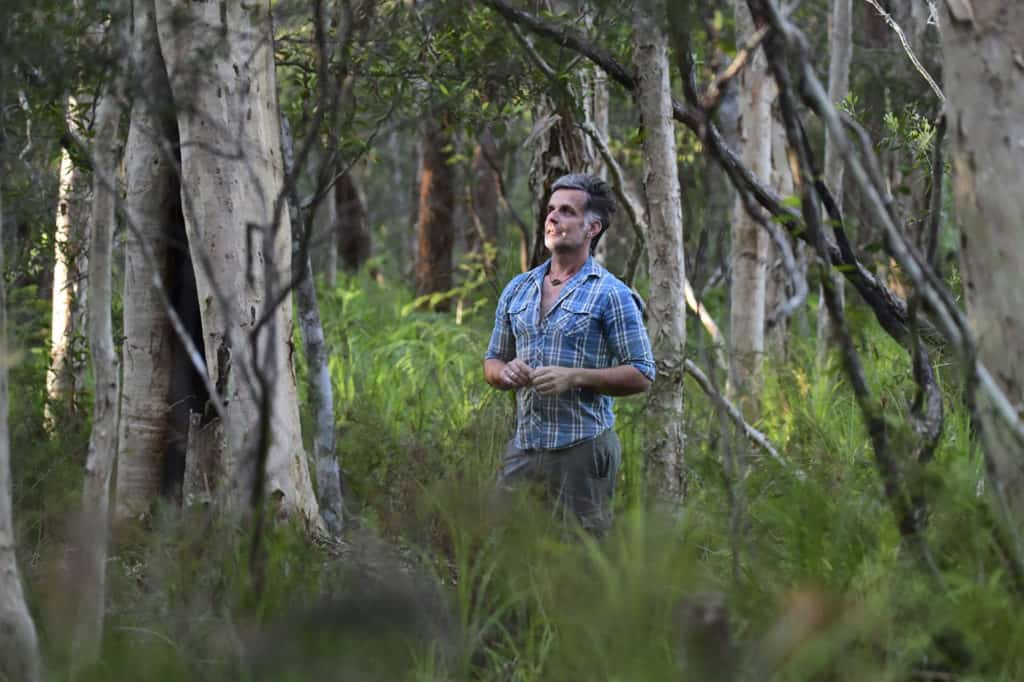Andy founded Wildsite Ecological Services Pty Ltd and works with national parks, local government and landowners to manage native habitat. One area he is passionate about is the role of fire in maintaining healthy habitat.

'Koala habitat is fire-dependent.
It has evolved with Indigenous burning over 60,000 years, and with lightning fires for many millions of years before that. But today, fire has become rare in many areas of koala habitat along the coast and eastern ranges.
It might seem strange, but koalas need fire.
One big problem we have as a result is canopy closure, especially in high rainfall areas. When trees become too dense, the canopy closes in and the plants below can be starved of light and die. Rainforest plants then move in and displace koala habitat.
There are lots of records and examples of this as far back as 20 years after white settlement in Australia. But it really picked up in the 1970s when we got very good at putting fires out and stopped using cool fires in the landscape.
Fire maintains healthy koala food trees. It moderates soil acidity and nutrients, while also maintaining the essential root fungi that these trees need to grow. It also ensures the growth and germination of future generations of koala feed trees.
A lot of people today don’t realise that fire provides a nexus between maintaining habitat and biodiversity and protecting life and property.
Prescribed fire is important. Without it, there’s an increased probability of wildfire which can be devastating for landholders and their stock.
Wildfire burns the forest canopy, kills and injures wildlife and can push koalas on to the ground where they are prone to dogs and cars as they go in search of food.
On the coast, wildfires can also lead to peat fires which can cause the collapse of large areas of koala habitat.
In contrast, fire on our terms when conditions are mild is positive. I’d love to see a return to cultural burning throughout our open eucalypt forests.'